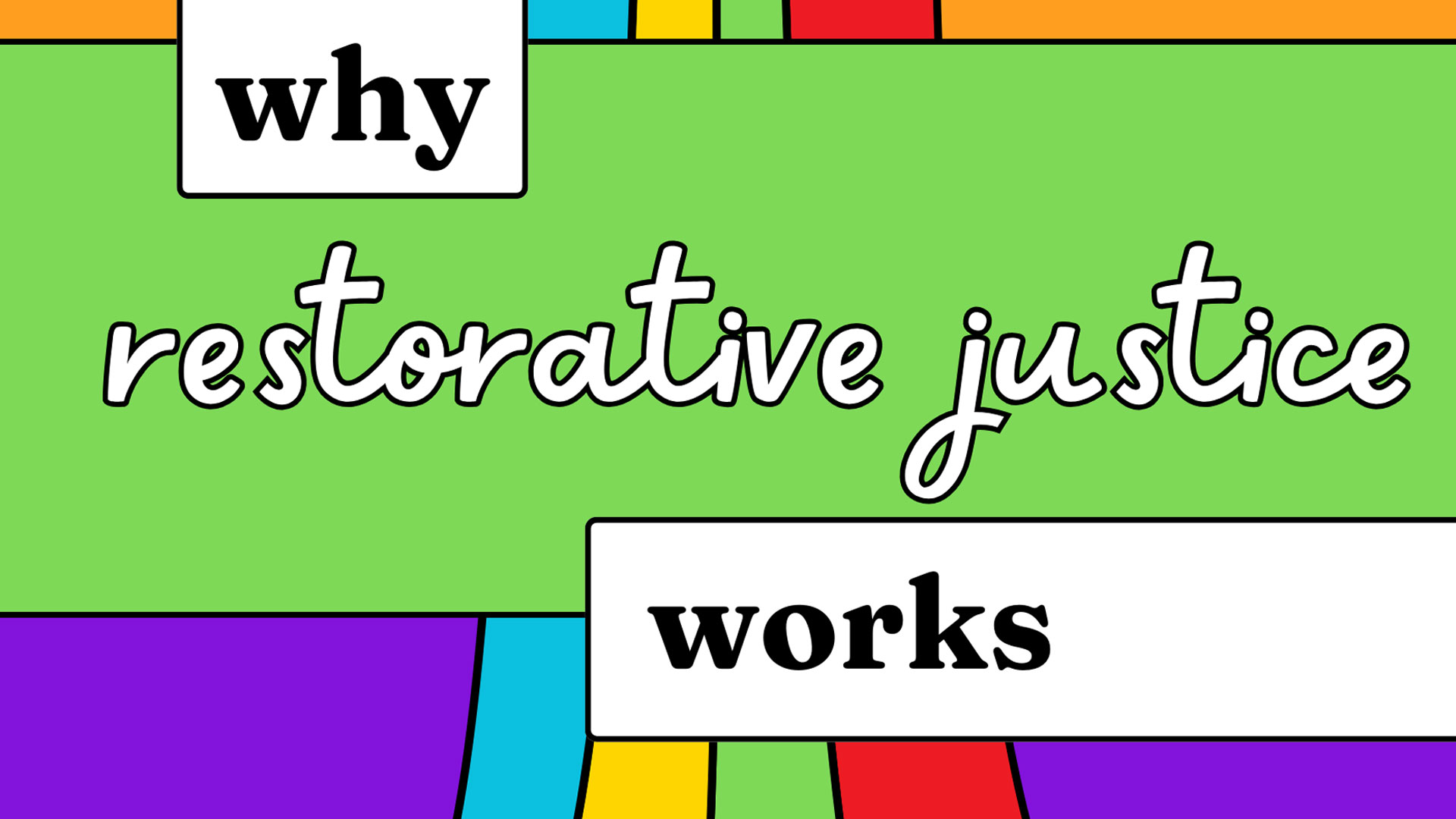
Reimagining Discipline: Why Restorative Justice Matters in Alternative Settings
1. What Are Restorative Justice Practices?
Restorative justice (RJ) shifts the focus from punitive measures to healing—bringing together those harmed and those responsible to foster dialogue, accountability, and community repair. In schools, these techniques—like circles, mediation, and community conferencing—allow students to address wrongdoing, understand its effects, and actively participate in making things right.
In the context of education, RJ is part of a broader field known as restorative practices (RP), which also emphasize community building, emotional learning, and proactive relationship-building.
2. Why Alternative Education Settings Are Ideal for RP
Alternative high schools serve students who have struggled in traditional settings. These students benefit from more flexible, supportive, and relational approaches to discipline. RP:
- Prioritizes keeping students engaged in education, avoiding exclusion through suspension or punitive consequences.
- Builds a sense of belonging and safety, which is especially vital for students facing trauma, behavioral challenges, or systemic marginalization.
3. Powerful Evidence Behind Restorative Practices
Restorative practices have measurable, positive impacts across multiple outcomes:
- Reductions in arrests and suspensions: Schools implementing RP policies saw a 35% drop in in-school arrests, 15% fewer out-of-school arrests, and an 18% decrease in suspensions.PMC+15Learning Policy Institute+15Brookings+15EdWorkingPapersFutureEd+13University of Chicago Education Lab+13Learning Policy Institute+13
- Improved school climate and academic performance: Greater exposure to RP correlates with healthier climates, stronger academic achievement, and reduced misbehavior—especially impactful for Black and Latino/a students. For instance, a one-unit increase in RP exposure corresponded with a 17-unit rise in English language arts scores for Black students versus 7 units for White peers.Learning Policy Institute+1
- Fewer arrests overall: One study linked RP with a 19% decrease in student arrests, including a 15% reduction in out-of-school arrests.PMC+7Brookings+7University of Chicago Education Lab+7
4. Disrupting the School-to-Prison Pipeline
Alternative schools often serve students at risk of educational disengagement and, ultimately, involvement in the juvenile justice system. Traditional disciplinary policies—like suspensions and expulsions—are strongly linked to these negative outcomes:
- Students suspended or expelled are nearly three times more likely to enter the juvenile system the following year.
- Alternative approaches like RP help disrupt this pipeline—leading to fewer expulsions, more graduations, and less involvement in juvenile justice.
Final Thoughts
Restorative justice practices are not just a disciplinary tool—they’re a restorative philosophy that humanizes education, strengthens communities, and nurtures student potential. In alternative high schools, where traditional systems often fail, RP offers a more resilient, inclusive, and effective path forward.
